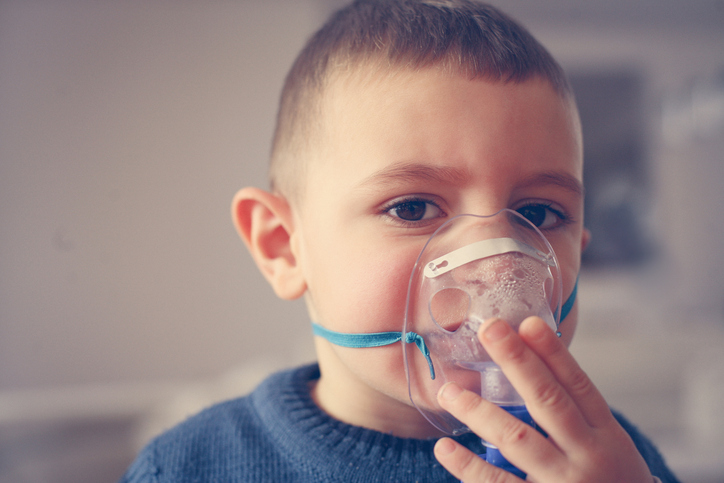Approximately 10 people die each day from asthma complications and in the Latino community, the numbers are greater. Up to 10% of children under the age of 18 have asthma and as the Latino community continues to grow there is a bigger need to bring culturally sensitive asthma educational programs that help families and Cigna is doing their part.
The Cigna Foundation has been working with Latino communities across the country to help patients and families better manage their asthma. “Unfortunately, children in this community have a higher chance of death from asthma than non-Latino whites and are 60% are more likely to be hospitalized for their asthma,” says Dr. Isaac Martinez, Cigna Medical Director in Arizona.
We are starting to see more studies being conducted on Latinos and Hispanics, but they still haven’t figured out why there are such high rates of asthma in this community. What we do know is that Hispanics with asthma tend to have problems managing their asthma. “This may represent disparities in access to health insurance, lack of care coordination with a central healthcare provider, or simply lack education about the disease in the Hispanic community,” explains Dr. Martinez.
Many times patients are told they have asthma, but the doctor explains that “not everything that wheezes is asthma.” Yes, wheezing is a symptom of asthma, but often it is not asthma, but a respiratory infection, which also causes wheezing. The key to getting a clearer diagnosis of asthma is to test the patient’s lungs not when they are sick, but when they are well, explains the doctor.
“On breathing exams called pulmonary function tests, the patient will breathe in and out in a timed fashion to measure their lung’s performance. Because the tests are dependent on a patient’s ability to follow directions, small children typically must wait until they are older to perform them, he explains. In the meantime, the child may be diagnosed with asthma based on history and symptoms, but later testing may reveal otherwise.
What Can You Do?
The goal of asthma treatment is to help a person live a normal life to the point where the disease doesn’t interfere with their everyday activities. This is why it’s so important to continue to visit your doctor if you are diagnosed with asthma, that way the doctor could see if the treatment they prescribed is working or not.
“Sit down with your healthcare professional and develop an “asthma action plan” which includes the list of medications that you are taking, how and when to use them, and when to schedule an appointment,” he says. It’s also important to keep a diary of symptoms, as well as a list of things that trigger your symptoms, such as weather, environmental factors, activities you’re doing, etc. That way the next time you visit your doctor, they can assess if the medication you were prescribed is working or not.






